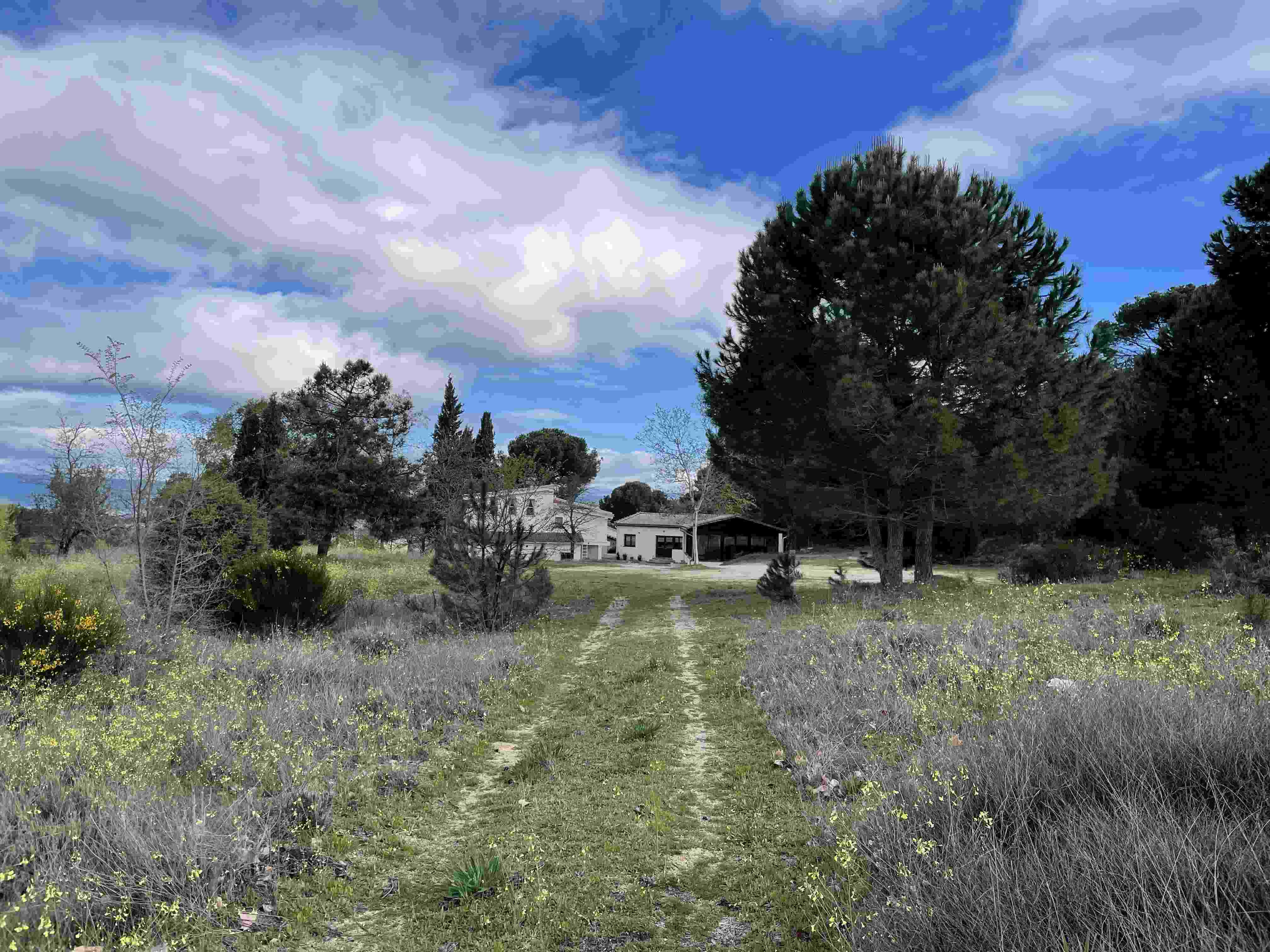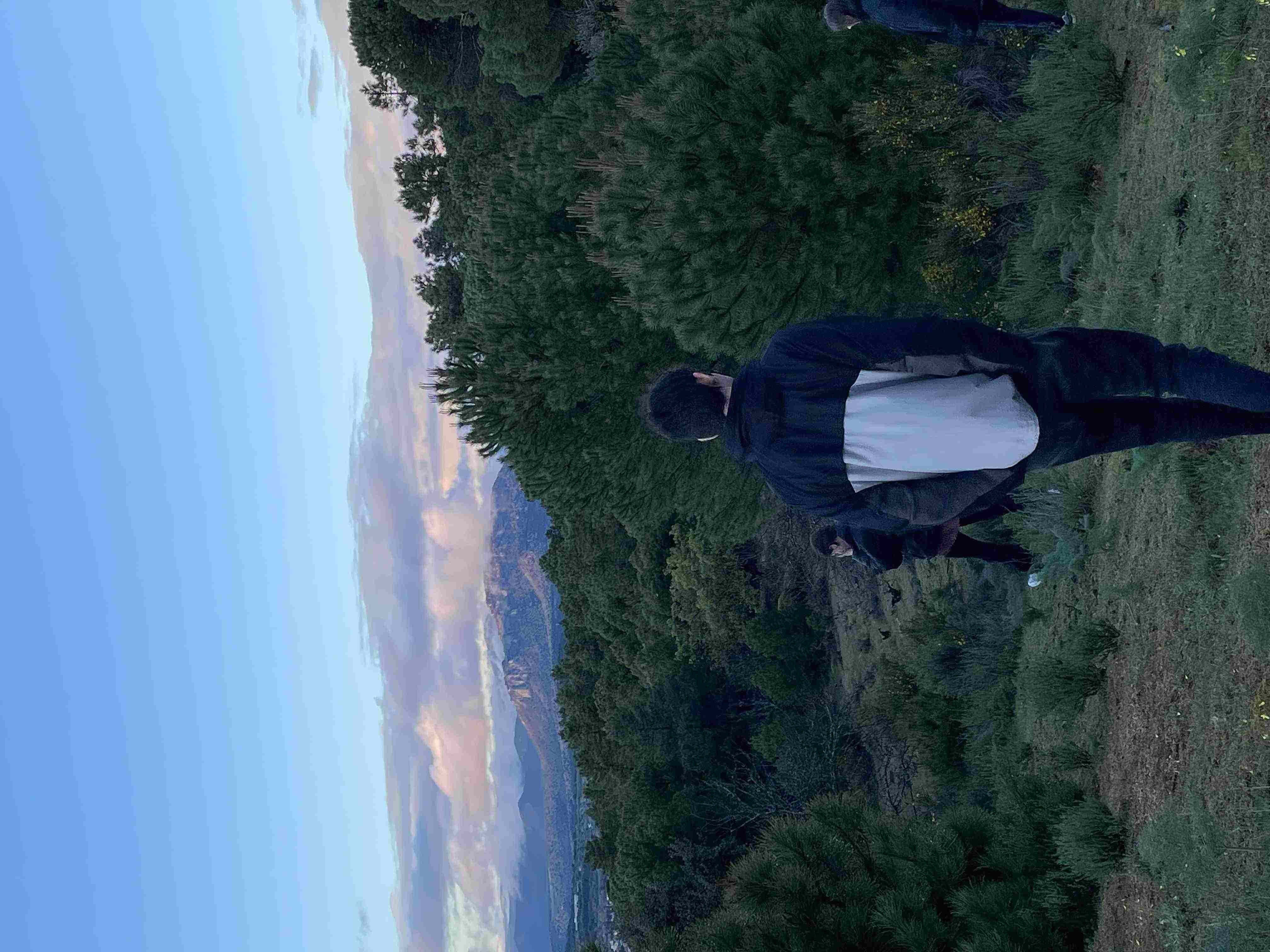Care for Change: non-violent communication, arts and embodiment for personal and social transformation, an Erasmus+ associated training course, took place between the 25th and 31st of March in San Martín de Valdeiglesias, Spain.
Why this project?
Being in new environments is something that I find enriching and exciting: much more so when working with areas that are meaningful to me — and so is the case of nonviolent communication. An approach interweaving theater and movement is even more appealing!
The training was facilitated by La Savia, whom I would describe as a holistic, emotional educational project led by very talented, caring and generally wonderful people; it was a week-long stay was rich in ideas, emotional work, very joyful moments and connections. Some resonate at a very personal level, and cannot yet be formulated for general utility — but there is also a sense of urgency in unraveling some of the key points in a public manner. And so, — ta-da! — here's my continuous attempting at making sense of it all.
 the Ashram in which the training took place. The weather wasn't always so nice (in fact, I think the week spanned all possibilities of the meteorological spectrum), but the surroundings were great for walks. There was some lavender in fields nearby; it made me think of Slovenia.
the Ashram in which the training took place. The weather wasn't always so nice (in fact, I think the week spanned all possibilities of the meteorological spectrum), but the surroundings were great for walks. There was some lavender in fields nearby; it made me think of Slovenia.
 It is not very visible in this picture, but the landscape was beautiful and very foreign to someone from Portugal; everything seemed much more horizontal, with clouds apparently much closer.
It is not very visible in this picture, but the landscape was beautiful and very foreign to someone from Portugal; everything seemed much more horizontal, with clouds apparently much closer.
Nonviolent communication is a tool with immense potential
I had read the book, and did my best at applying some of the principles on a daily basis — but it is so much more clear to engage in role-play situations in which one tries to handle a conflict. NVC is not necessarily the solution in itself, but why not carry such a versatile tool when manoeuvering life in general?
Emotions cover a wide spectrum and understanding them is immensely valuable
We spent some time naming and discussing emotions, their role as signals (for, in the context of NVC and other theories, our underlying needs), how to acknowledge their existence and to act accordingly. The question of what am I feeling? has, in my personal experience, been easily answered: it is a simple mapping of physical sensation(s) to a word, which one becomes better at by expanding vocabulary and associating with other people's experience (granted, this might be oversimplyfing the matter).
what am I needing?, on the other hand, feels like a much more complex and elusive inquiry.
Dualities are everywhere and, inherently, balance follows.
Theory and practice; rationality and emotion; stillness and movement; being and not being. There is richness in embracing the counterpart, the opposite, the negation, even if just as a theoretical exercise. Richness of perspectives is richness.